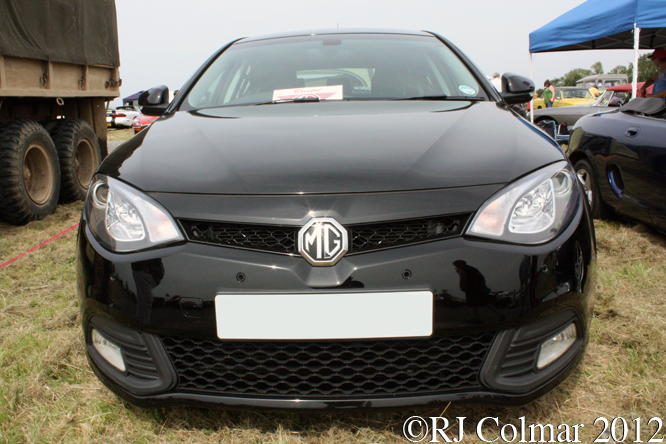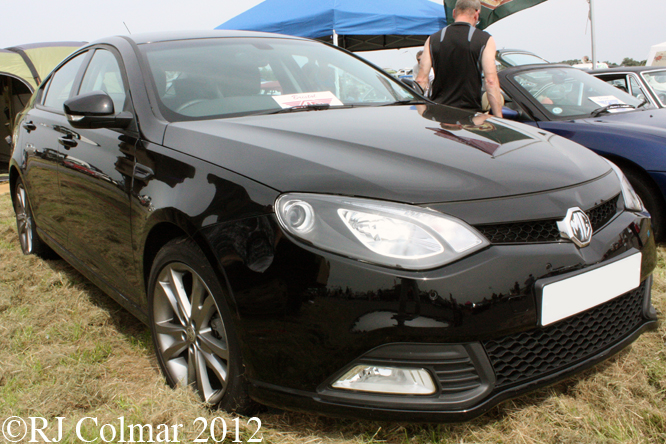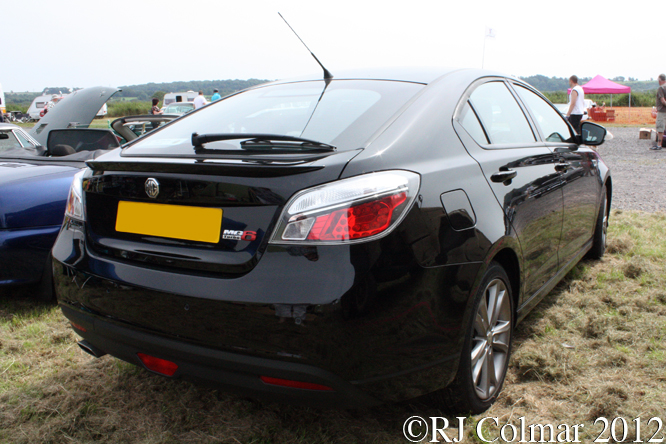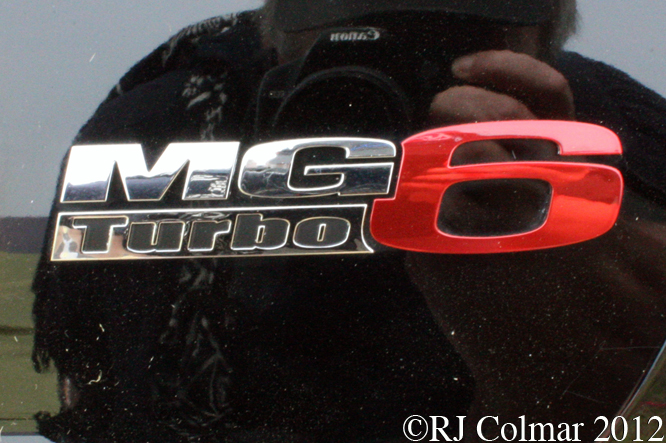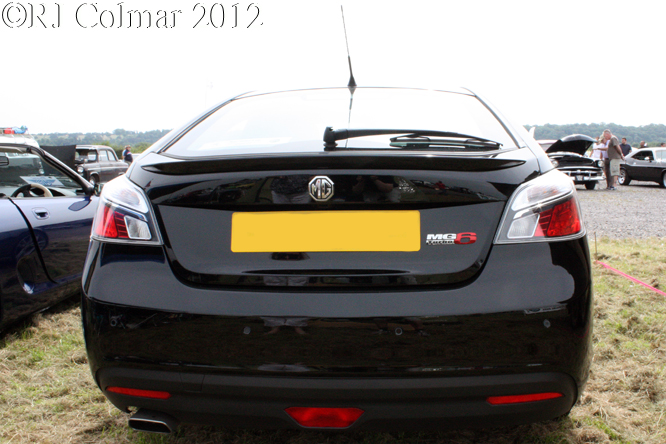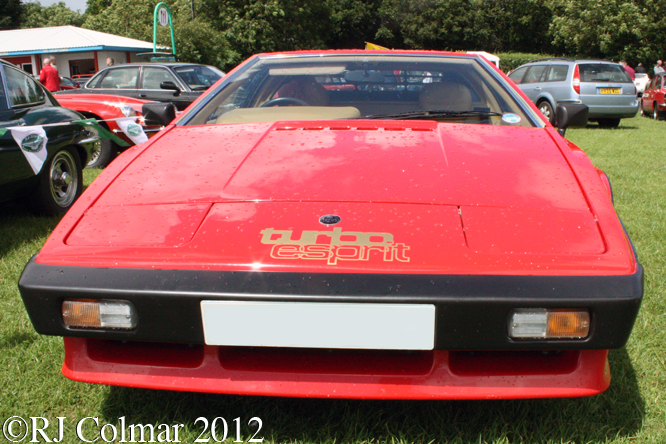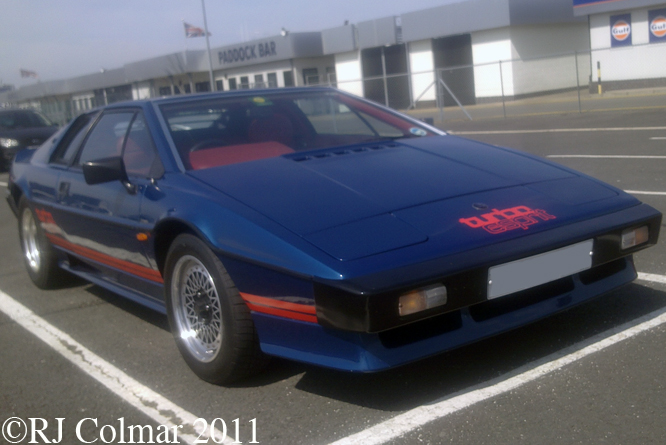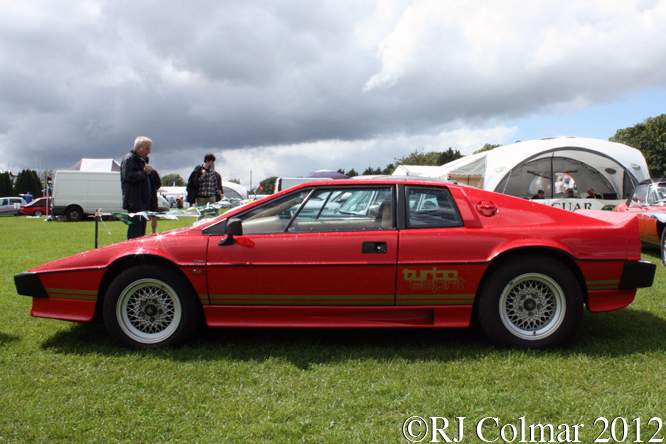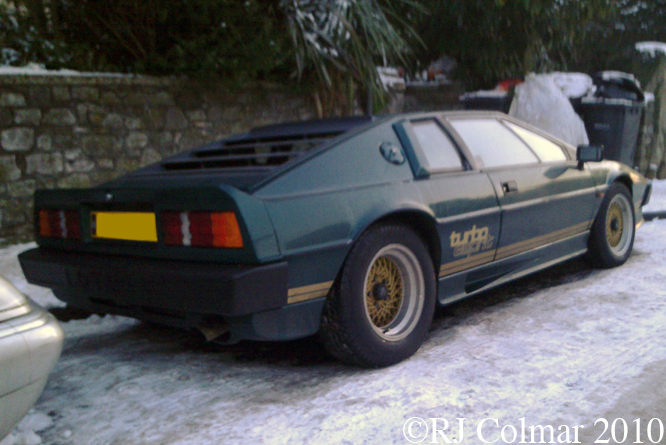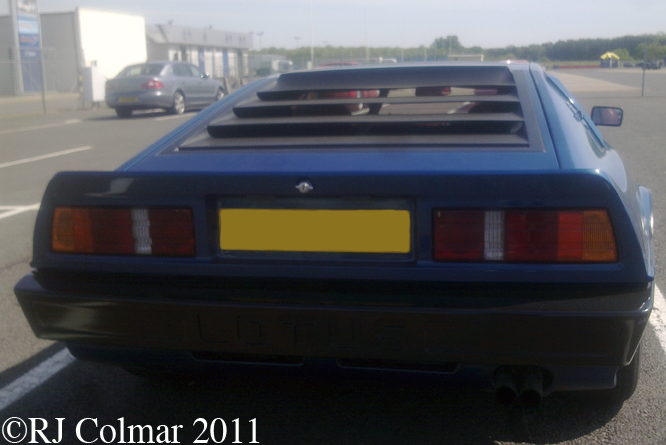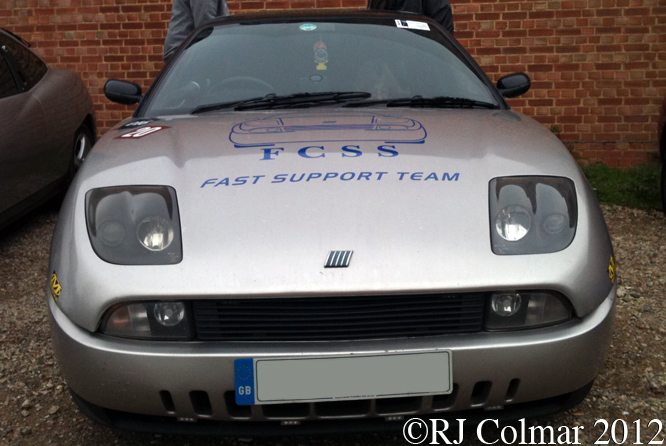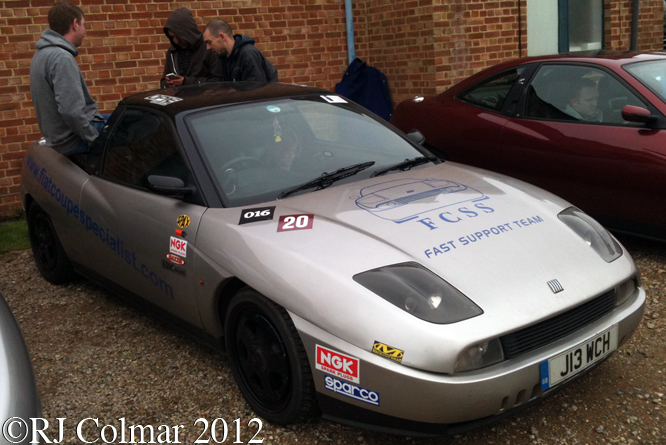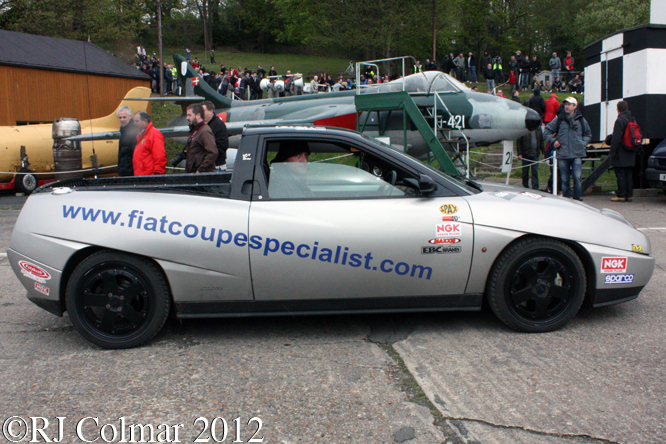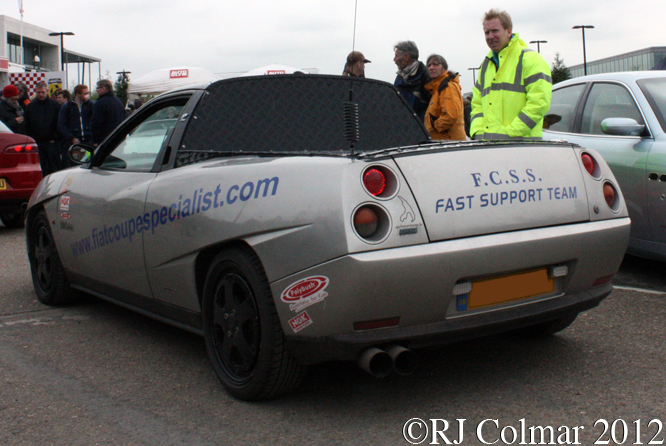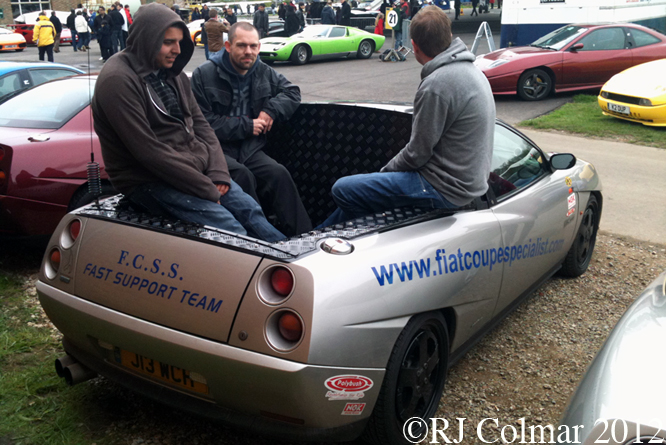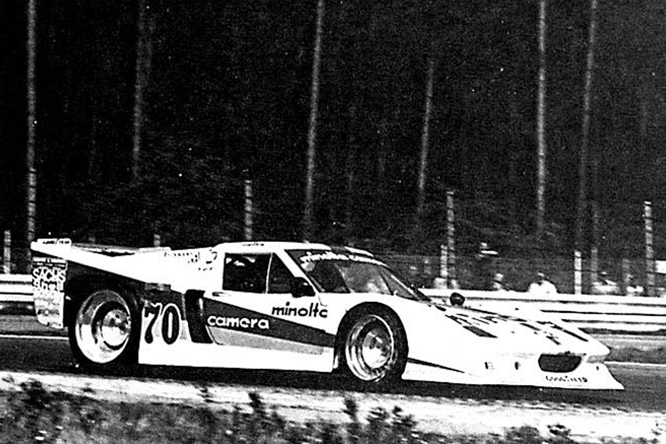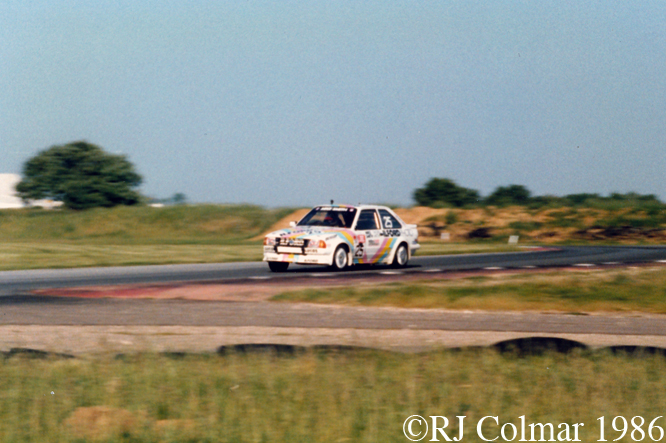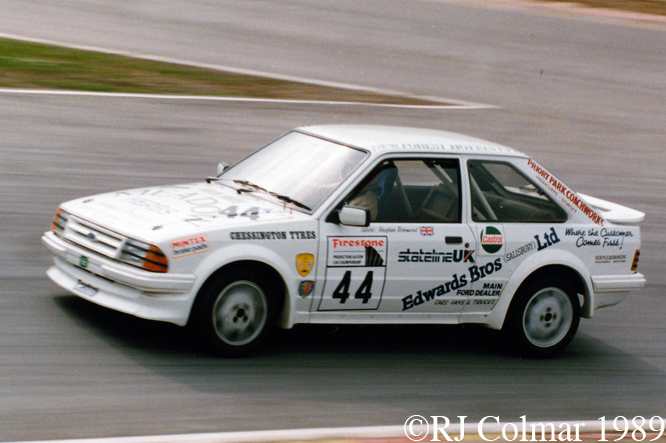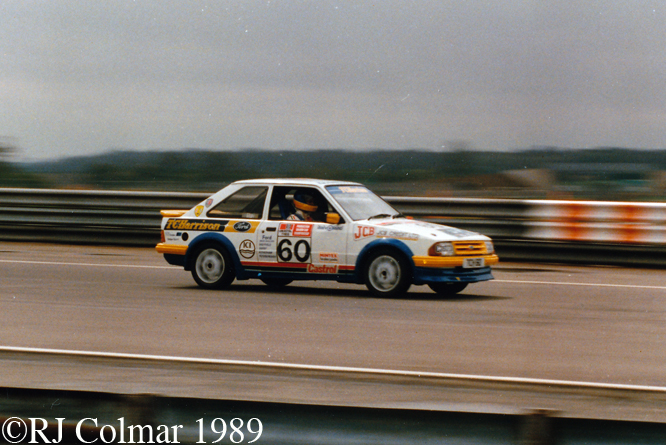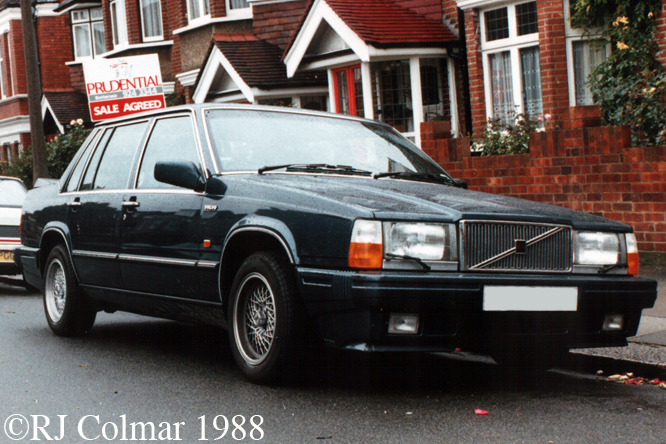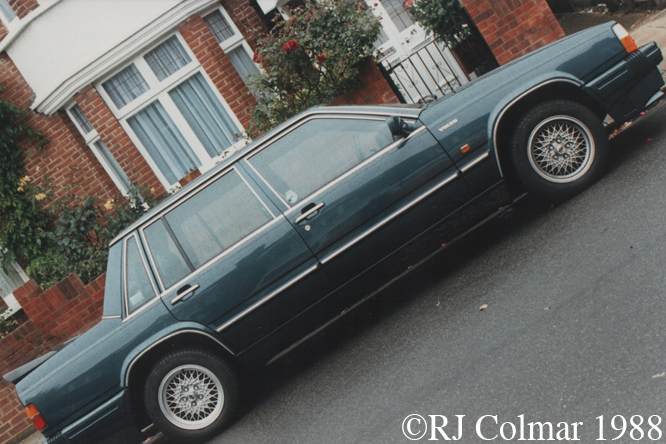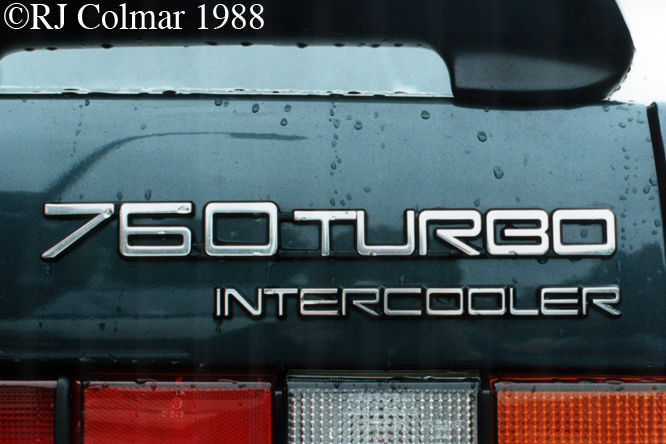In 1980 Austin launched a car that was designed to replace the much loved Mini that had been in production in various guises since 1959. The new Austin miniMetro would remain in production for 18 years also in many guises but somehow the Mini remained in production through out the Metro’s life span and a couple of years on top of that until 2000.
An MG version of the Metro was first seen in 1982 with an improved cylinder head, larger valves and a new cam shaft which gave it a top speed of 105 mph and an acceleration time from rest to 60 mph in just over 10 seconds. Shortly afterwards the 115 mph 93 hp MG Metro Turbo was introduced with a rest to 60 mph time of just 8.7 seconds.

In 1987 the ESSO Metro Challenge was born out of the previous years Metro International Challenge, the only internationally sanctioned one make series at the time. The ESSO Challenge cars ran MG Metro Turbo’s which had been race prepared with kits supplied by Roger Dowson Engineering who also ran the series.
For 1989 and presumably in previous years, but my memory does not recall, ESSO sponsored the #89 celebrities car for a guest to drive in each of the races. Above Jerry Mahoney a driver from the British Saloon Car Championship is seen at Oulton Park being chased by the #28 of Malcolm Bell.
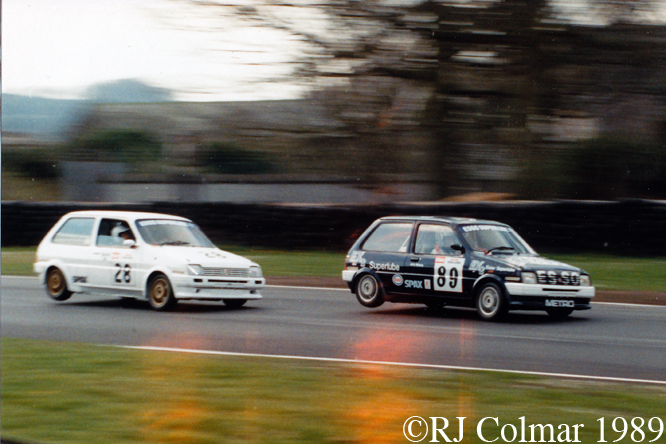
In his pellucid contemporary account of the race published in Motoring News, Phil Rainford recalls “Jerry Mahoney, out in the celebrity car, was right on the pace but retired on lap four after a collision with Martin Bell …”. Events which I confess I do not recall seeing at the time. TNF correspondent JockinSA tells me that the reason the rear wheels lifted is because the standard hydralastic suspension had been removed and replaced with shock absorbers which did not allow the rear wheels to drop very far when the body rolled.
Slightly off topic but the Metro Challenge race at Oulton Park was won by Peter Baldwin whom 23 years later I saw winning a Mini race at Castle Combe last year, Peter can be seen streaking to a win having taken the lead on the last lap, in the orange Mini in the distance in this linked photo.
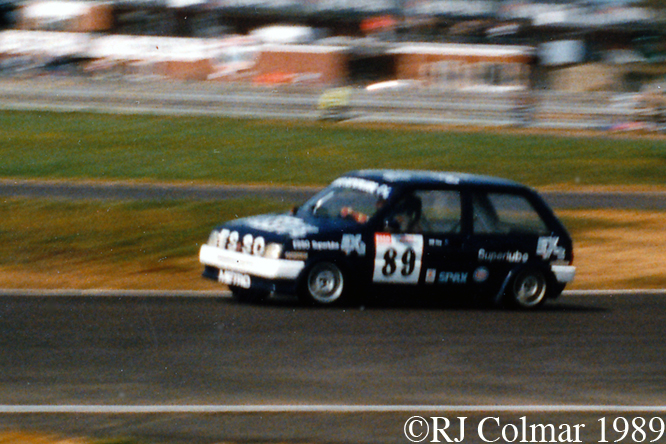
The final photo show’s the late Will Hoy in action at Silverstone a couple of weeks later. Robin Bradford, Austin Rover Press Relations manager at the time, has kindly informed me that this race took place on his 38th Birthday, May 1st and that another British Saloon Car Championship driver Hoy qualified 5th but did not finish.
Though Robin does not remember why Will retired, my own memory is that British Rally ace Tony Pond was at the wheel and that his car caught fire causing the #89’s retirement. I also thought I had a photo of the fire but I do not so I will defer to Robin’s superior memory which is after all linked to his birthday.
My thanks to Gatmo, Tim Murray, Phil Rainford, Alan Cox, Simon Arron, Stuart “Twin Window” Dent, BRG, Jockin SA and Blogsworth who contributed to the content of today’s blog on the #89 Celebrity Metro Turbo drivers ?, Oulton and Silverstone 1989 thread at The Nostalgia Forum.
For now this is the end of my Tuesday MG blogs, I’d like to thank all the many friendly MG enthusiasts who have contributed to this feature over the last year or so and made the MG Marque such a pleasure to blog about.
Thanks for joining me on this “ESSO Celebrity Challenge Car” edition of “Gettin’ a li’l psycho on tyres” I hope you will join me again tomorrow. Don’t forget to come back now !


